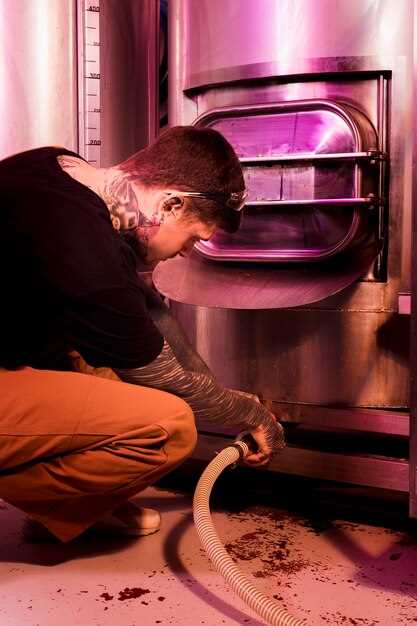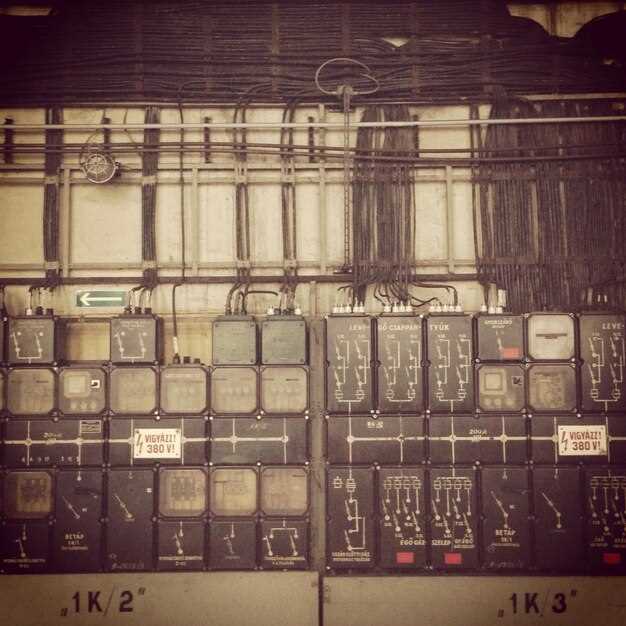
The restoration of classic cars is a labor of love that often goes beyond aesthetics; it encompasses the entire vehicle, including its electrical systems. As vintage automobiles age, their electrical components can become outdated or even hazardous. Upgrading these systems is not merely a matter of enhancing reliability but also ensuring safety on the road. One of the critical components in this upgrade process is the fuse box, which needs careful consideration to match modern demands while preserving the car’s classic charm.
Modern driving expectations require vehicles to support various electronic features, from basic lighting to advanced infotainment systems. An upgraded electrical system allows for a smoother integration of these elements without compromising the integrity of the classic car. By replacing or reconditioning the fuse box, restorers can enhance the car’s safety and functionality. Newer fuse boxes, designed for higher amperage and lower resistance, can manage multiple circuits more effectively, preventing electrical failures that are common in outdated systems.
Moreover, restoring the electrical system provides an opportunity to replace worn-out wiring and connectors that may pose a risk of short circuits or fires. In many classic cars, the original wiring may be brittle or corroded, leading to breakdowns. Upgrading to modern wiring harnesses ensures reliability and allows restorers to customize the system to suit modern components and additional features.
Selecting the Right Fuse Box for Your Classic Car
Choosing the appropriate fuse box for your classic car is crucial for ensuring the reliability and safety of your electrical system. The fuse box serves as the central hub for all wiring connections, protecting various components by preventing overloads and short circuits.
First, consider the amperage ratings required for your vehicle’s electrical systems. Different components, such as headlights, audio systems, and ignitions, draw varying levels of current. Ensure that the selected fuse box can accommodate these demands without exceeding the maximum amperage, thereby maintaining optimal performance.
Next, think about the number of circuits you’ll need. Classic cars often come with minimal electrical options, but if you’re upgrading or adding features, a fuse box with extra slots allows for future expansions. Look for a box that provides flexibility with enough circuits for your current setup and any planned additions.
The size and layout of the fuse box are also important. It should fit neatly within the available space in your classic car while allowing for easy access to the fuses. Consider a modular box that can be mounted in various orientations to suit your installation preferences.
Moreover, opt for a fuse box made from durable materials such as high-quality plastic or metal. This ensures resistance to wear and corrosion, which is particularly important in vintage vehicles that may experience exposure to varying environmental conditions.
Lastly, research reputable brands known for their electrical components. Look for user reviews and recommendations within classic car communities to find a fuse box that has proven reliability and compatibility with classic builds.
In conclusion, selecting the right fuse box involves assessing your vehicle’s needs, ensuring compatibility with future upgrades, and prioritizing quality components. Making an informed choice will enhance the electrical reliability of your classic car for years to come.
Replacing Old Wiring: Best Practices and Techniques

When restoring a classic car, upgrading the electrical system often begins with replacing old wiring. This step is crucial for ensuring the safety, reliability, and performance of the vehicle’s electrical components. Old wiring is prone to degradation, which can lead to electrical failures or even fire hazards.
To begin the process, carefully assess the existing wiring. Look for signs of fraying, corrosion, or brittle insulation. These indicators suggest that replacement is necessary. Document the wiring layout before removal, including connections to various components. This will serve as a reference while installing the new wiring.
Opt for high-quality, automotive-grade wire that meets modern standards for gauge and insulation type. For most classic cars, using stranded copper wire is recommended due to its flexibility and superior conductivity. Also, ensure that the wire is rated for appropriate temperature and voltage levels in automotive applications.
As you replace the wiring, pay close attention to the routing. Avoid sharp edges and sources of heat that could damage the insulation over time. Use cable ties and clamps to secure the wiring in a neat and organized manner, preventing it from becoming loose or tangled.
It’s essential to integrate a modern fuse box if the original is outdated or missing. A fuse provides crucial protection against excessive current that could damage components or lead to overheating. Choose a fuse rating that corresponds with the electrical load of the circuits you are installing. Each circuit should have its dedicated fuse to ensure precise fail-safety.
During the installation, be meticulous with all connections. Use high-quality connectors and, if necessary, solder connections for a more reliable bond. Properly crimped or soldered connections enhance conductivity and longevity, reducing the risk of intermittent electrical issues.
After completing the installation, perform thorough testing of the entire electrical system. Check each circuit for proper operation and monitor for any signs of overheating or issues. This testing phase is critical to ensure that all components function correctly and safely under operational conditions.
By adhering to these best practices and techniques when replacing old wiring, you can significantly improve the electrical performance and safety of your classic car, while preserving its unique character and charm.
Modernizing Lighting Systems: LED Upgrades and More

When restoring classic cars, one of the most impactful upgrades involves modernizing the lighting systems. Traditional incandescent bulbs often fall short in terms of brightness and energy efficiency. By replacing these with LED lights, enthusiasts can significantly enhance visibility while reducing the load on the vehicle’s electrical system.
LED upgrades provide numerous advantages, including a longer lifespan and lower power consumption. This is particularly beneficial for classic cars, where conserving energy can lead to improved performance and a more reliable operation. The reduced heat output of LEDs also minimizes the risk of damaging the original wiring and surrounding components.
In addition to LED bulbs, investing in a modern lighting control box can optimize the functionality of the lighting system. These control boxes can manage various lighting scenarios, from turn signals to brake lights, ensuring all elements operate smoothly and responsively. When integrating a new lighting system, it’s essential to also consider the existing wiring. Upgrading to a new wiring harness may be necessary to accommodate the changes and ensure compatibility with modern lighting technology.
Furthermore, during the upgrade process, attention should be given to the overall aesthetic and compliance with regulations. Custom-fit LED setups can retain the classic look while incorporating modern performance. This balance of style and functionality is key to successful restorations.
